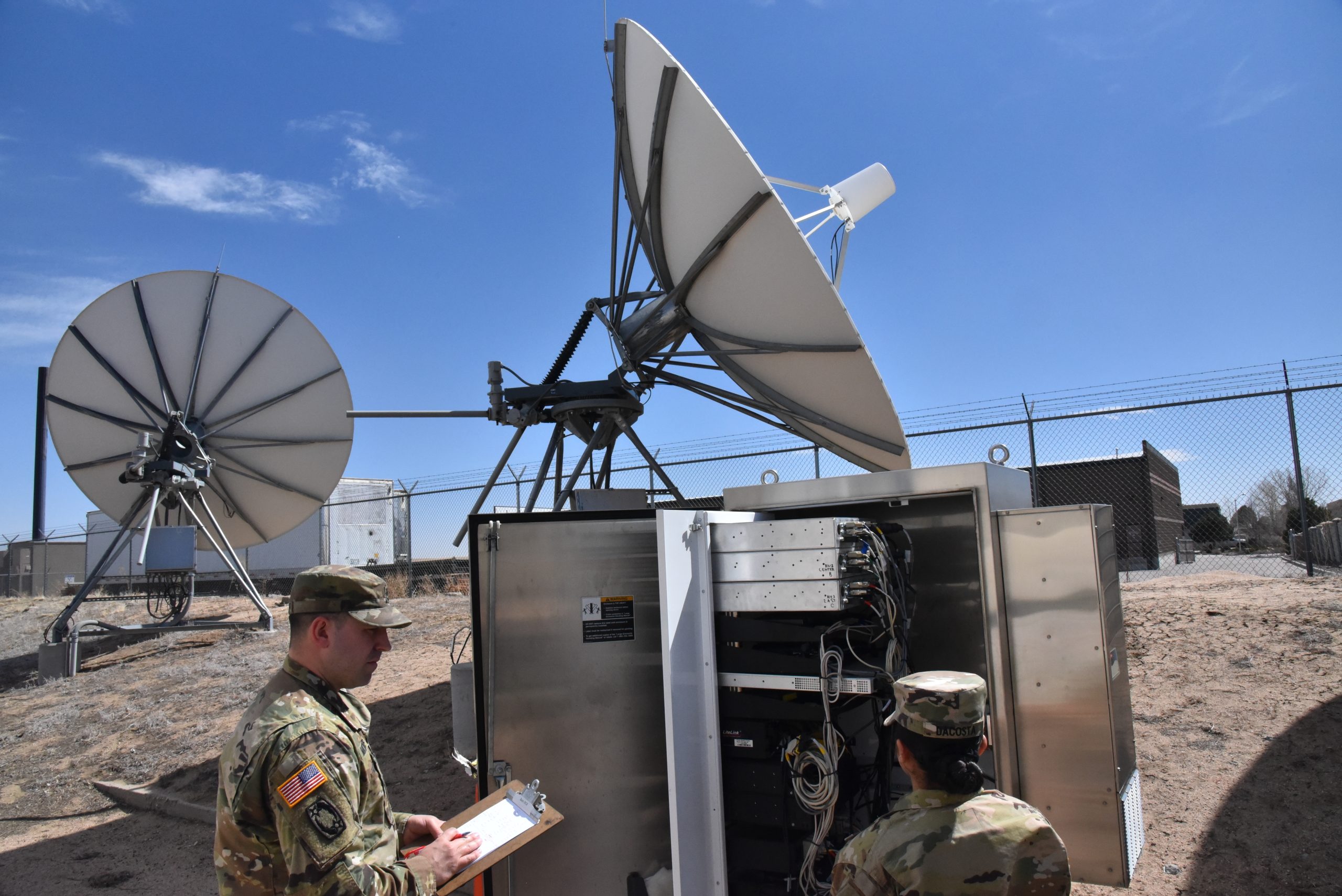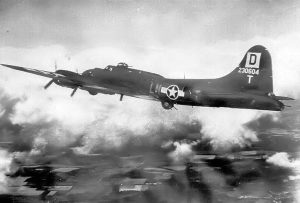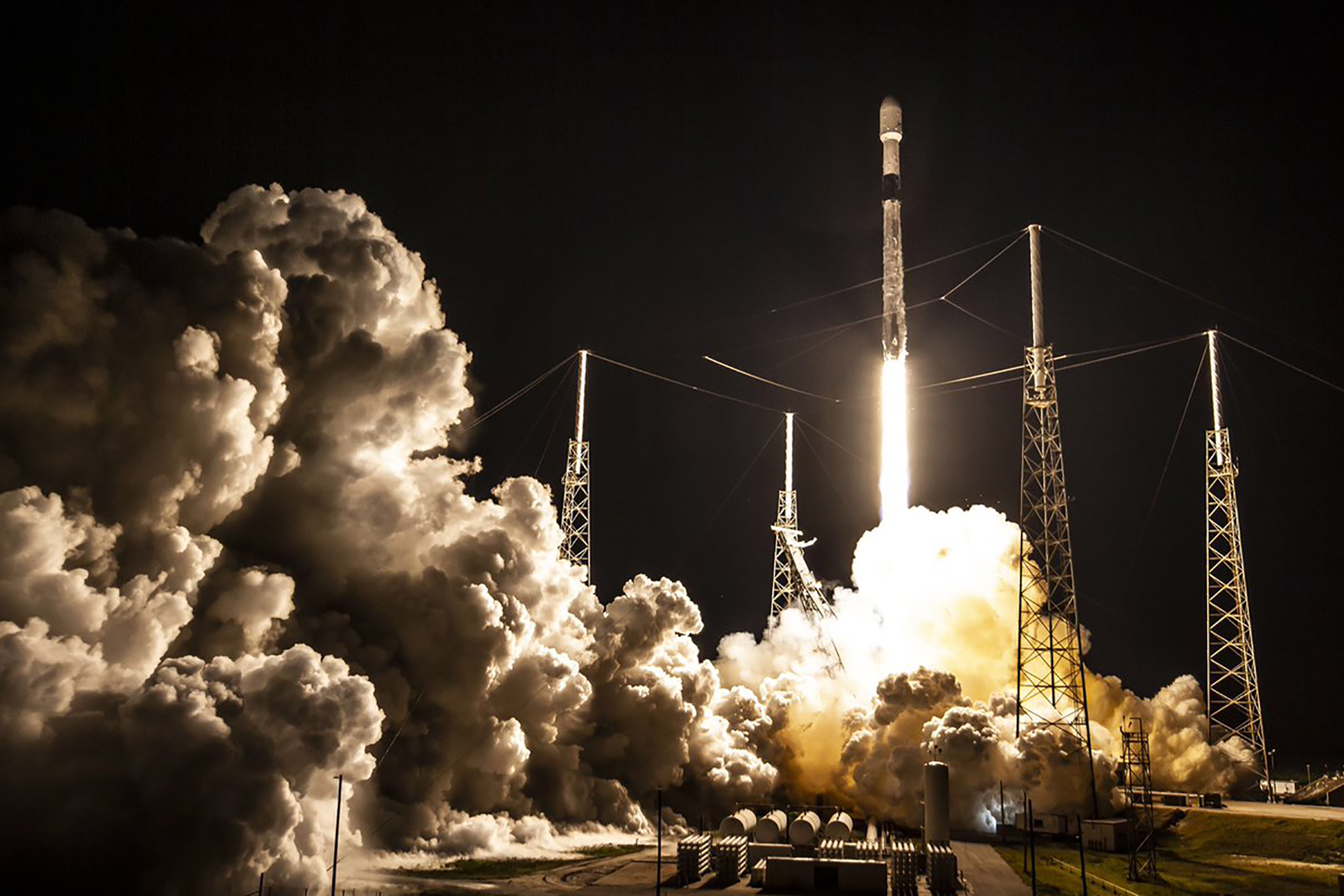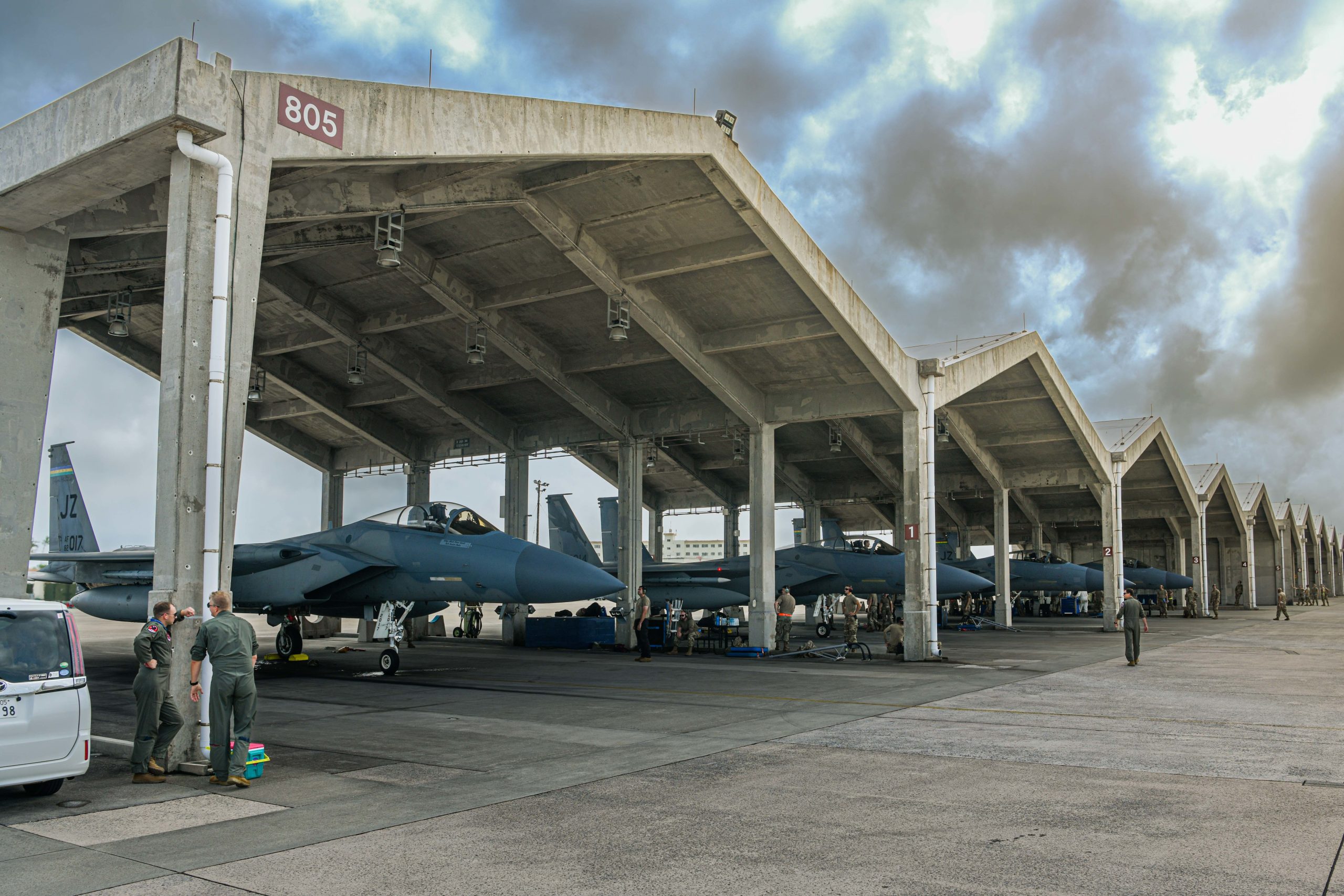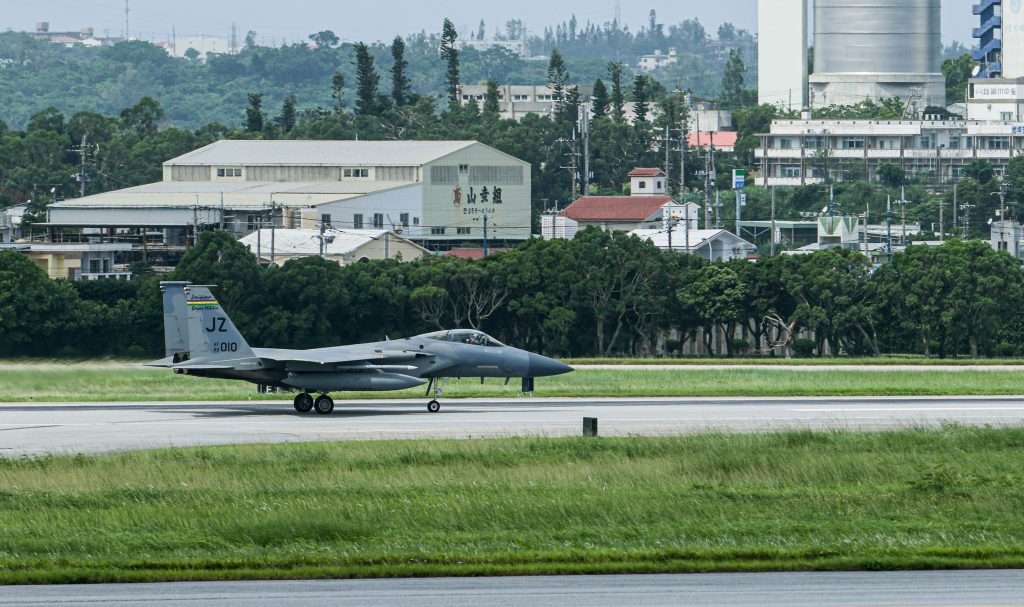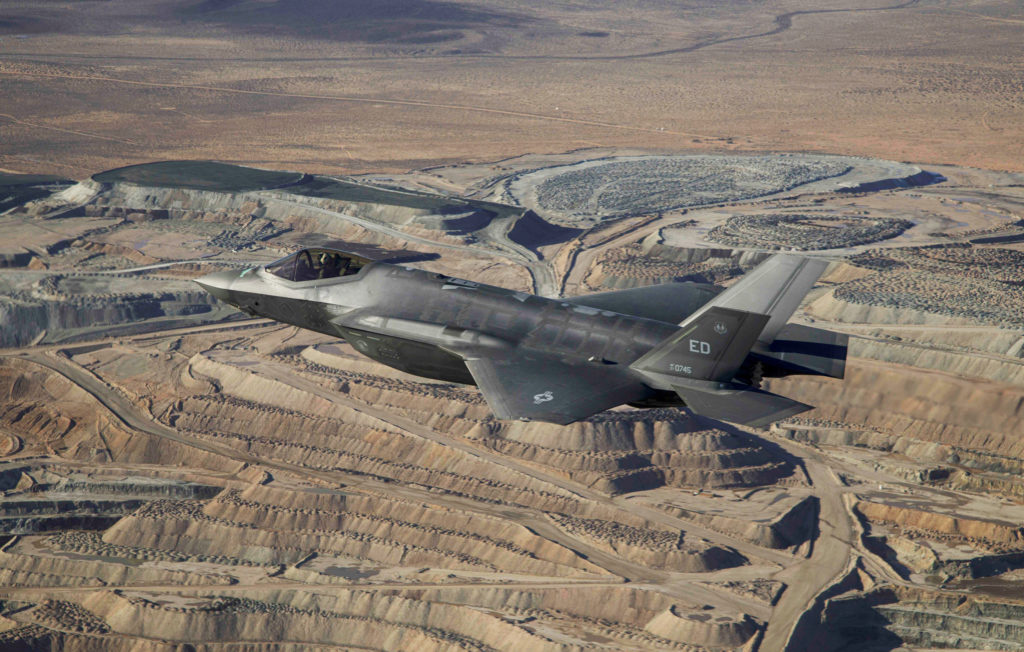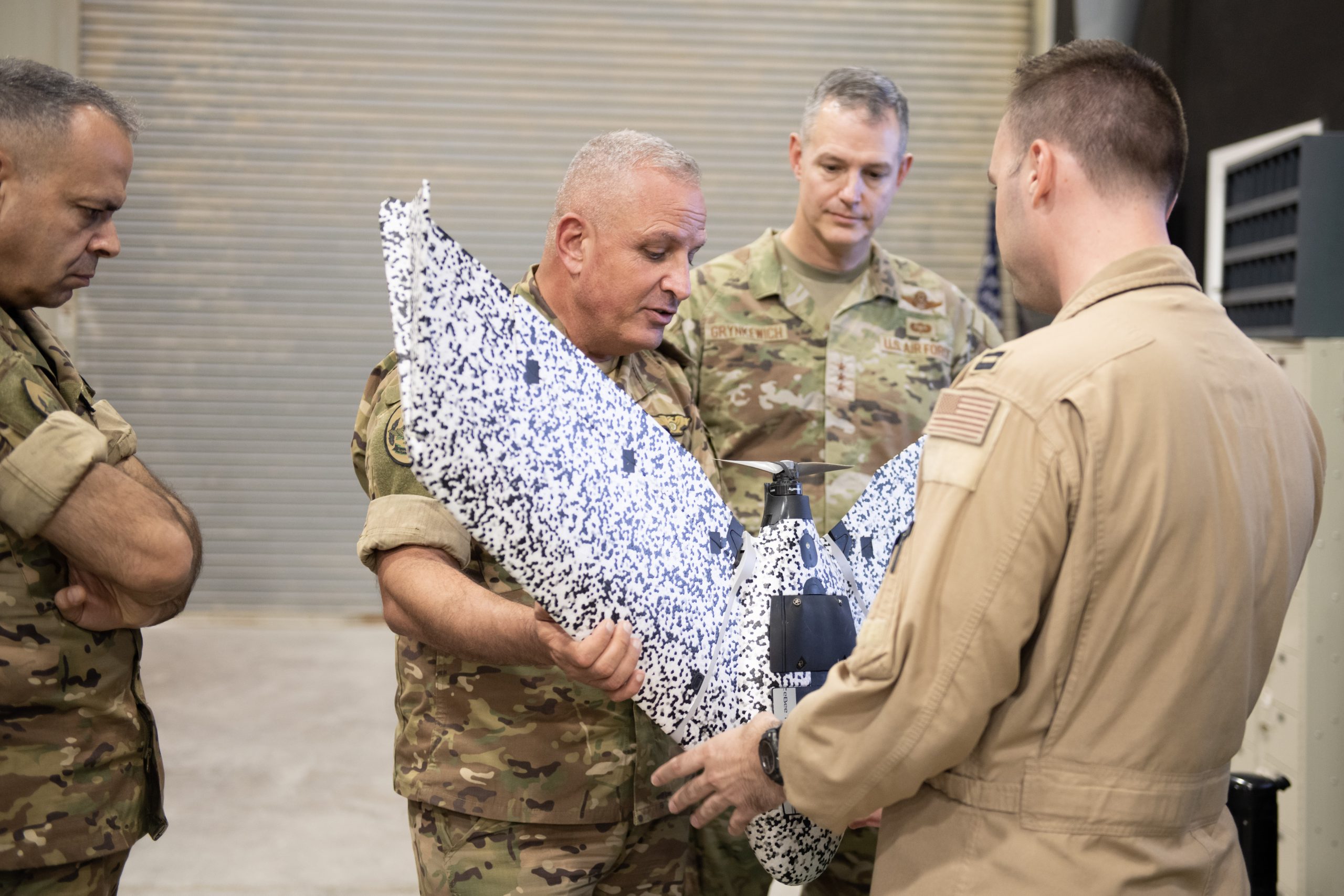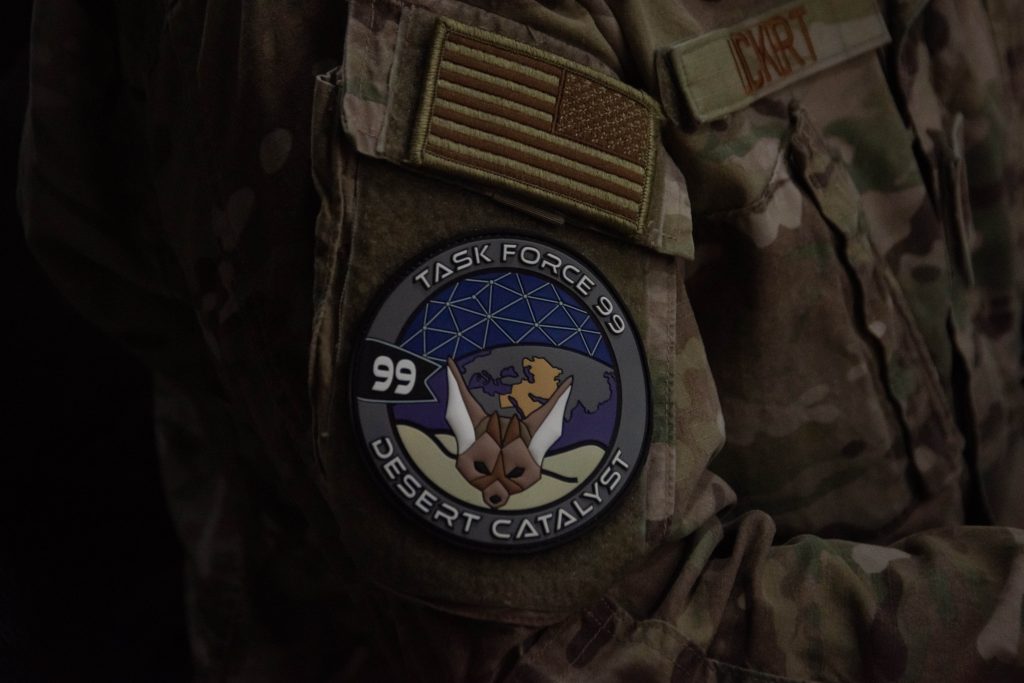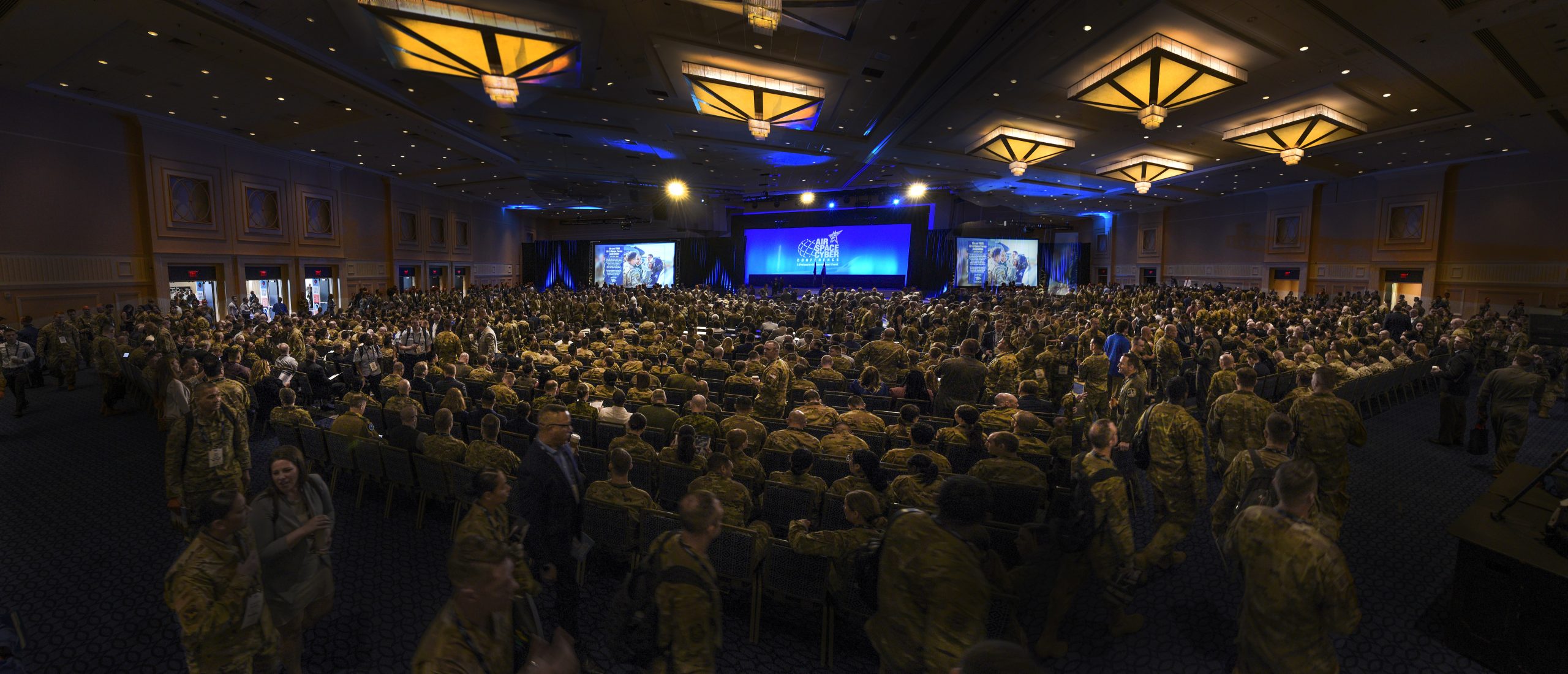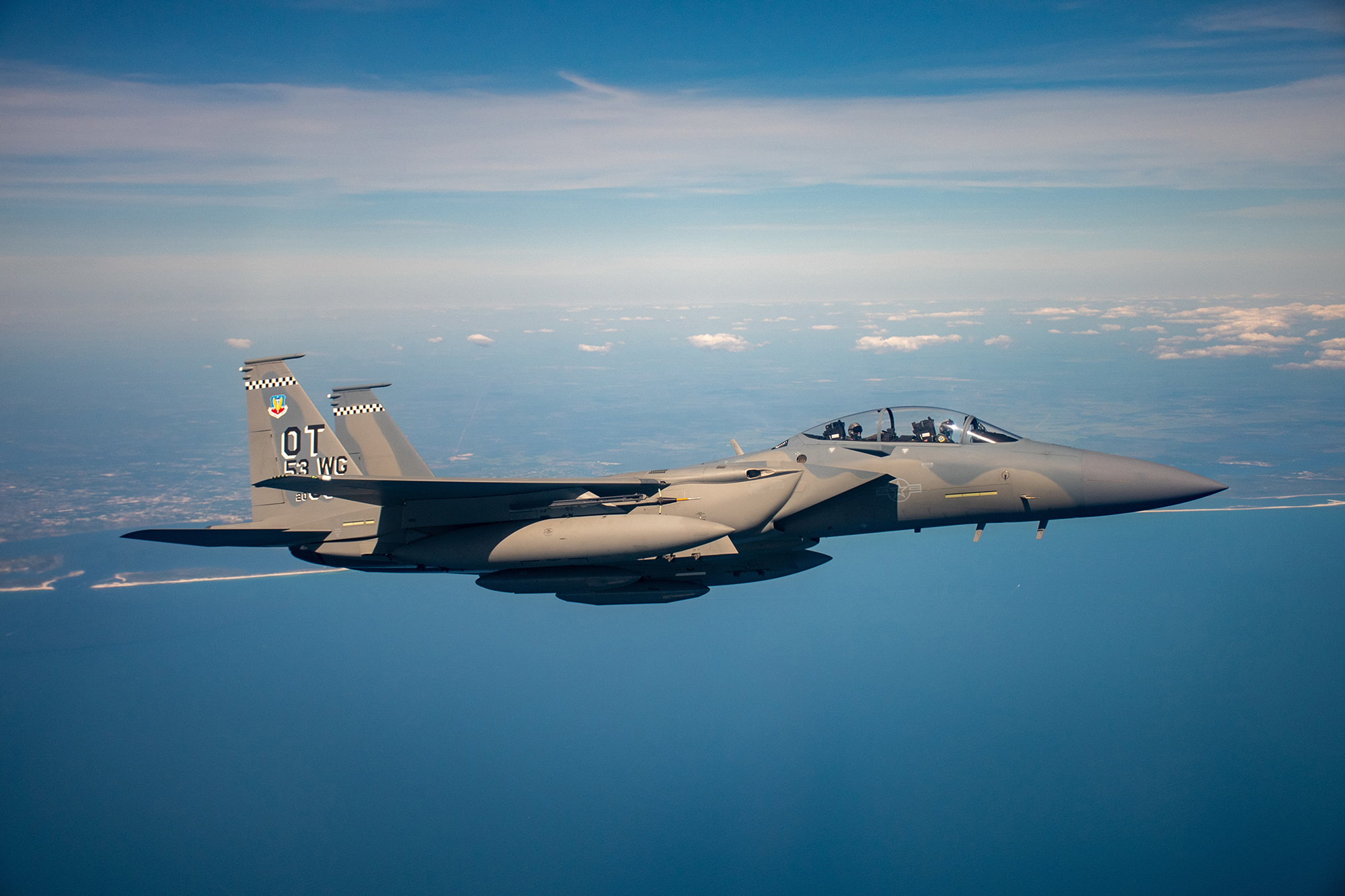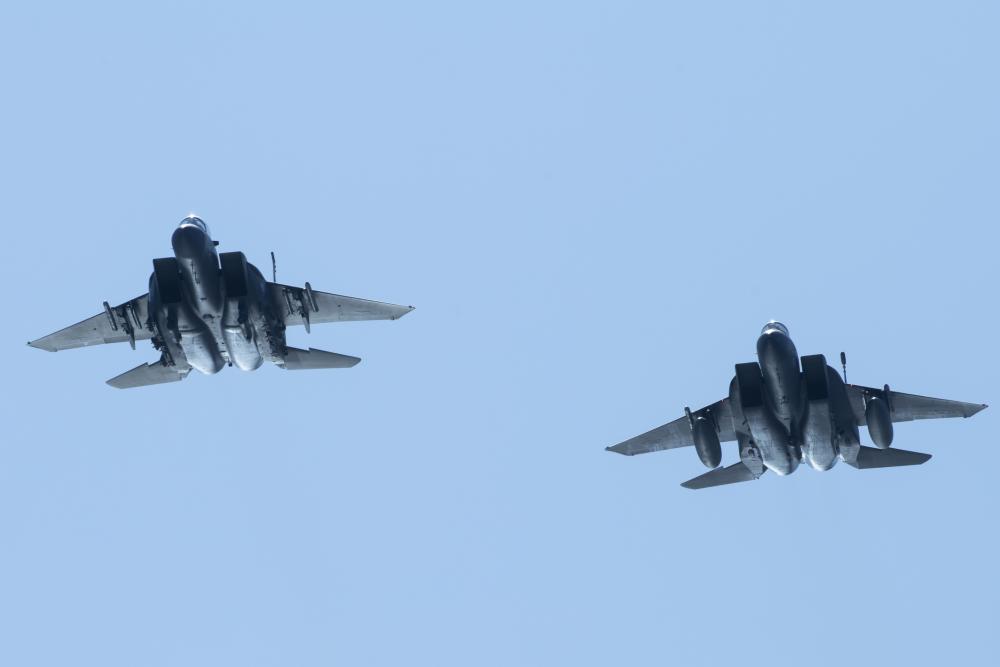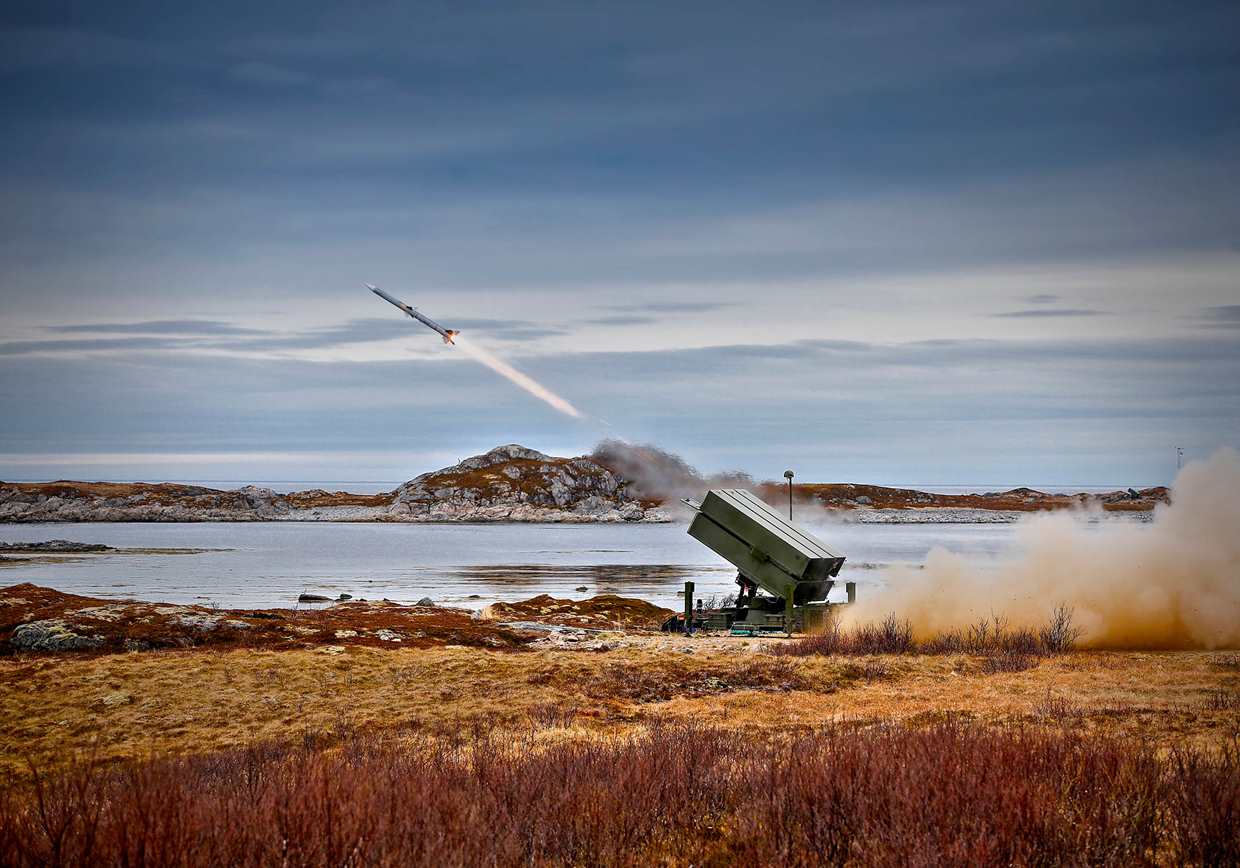The Space Force assumed official control of the Joint Tactical Ground Station (JTAGS) missile warning system from the Army on Oct. 1, one of the final milestones in the Space Force’s consolidation of many space missions across the services.
JTAGS are ground-based systems that deliver timely warnings and cueing information regarding ballistic missile launches. The systems are strategically positioned to receive, process, and distribute data obtained from overhead sensors. Its four forward-station detachments are based in Italy, Qatar, South Korea, and Japan.
For decades, these satellite ground stations have been operated by the Army’s 1st Space Brigade, headquartered in Colorado Springs, Colo. Now, they will be overseen by Space Delta 4, stationed at Buckley Space Force Base, Colo., until Space Operations Command sets up the 5th Space Warning Squadron.
The move from the Army to the Space Force has been in the works for months now—it was first announced in January 2023.
From personnel transition to financial responsibilities, the transfer required careful planning. It began with a core group of Guardians, with Army personnel gradually transitioning out as their regular Permanent Change of Station (PCS) cycles dictated. Some individuals underwent inter-service transfers. This phased approach enabled the Space Force to maintain operational continuity while adapting Guardians to their new responsibilities.
Lt. Gen. Stephen Whiting, head of Space Operations Command, expressed gratitude to the Army’s Space and Missile Defense Command for their teamwork during this mission handover.
“Now, it is our responsibility to uphold the same level of mission accomplishment with JTAGS as a fully integrated component of our broader missile warning mission,” Whiting said via an official statement.
Space Delta 4 is responsible for operating and supporting satellites and radar systems that provide critical missile warning capabilities. Delta 4 helps guide missile defense efforts, provides information and supports technical intelligence analysis.
The Army was originally slated to keep the JTAGS mission, even as the Space Force took over other services’ space missions. Now, it is one of the last missions to officially transfer over, after the Navy transferred over its Naval Satellite Operations Center and 13 satellites in June 2022, and Army transferred its satellite communications mission to the new service in August 2022. Those moves put all military SATCOM capabilities under the Space Force.
